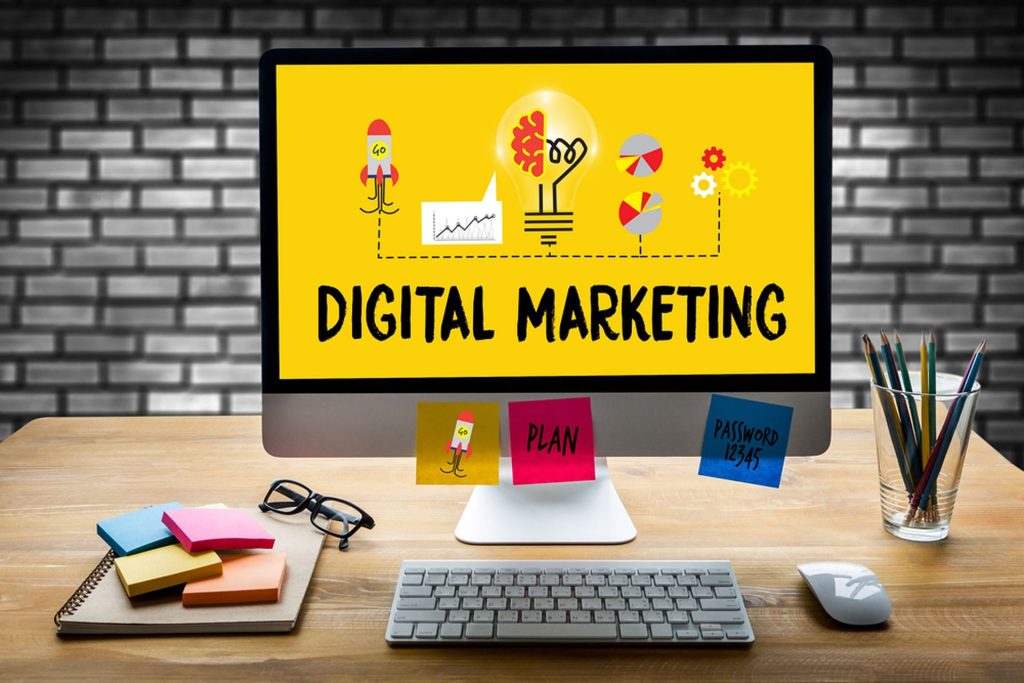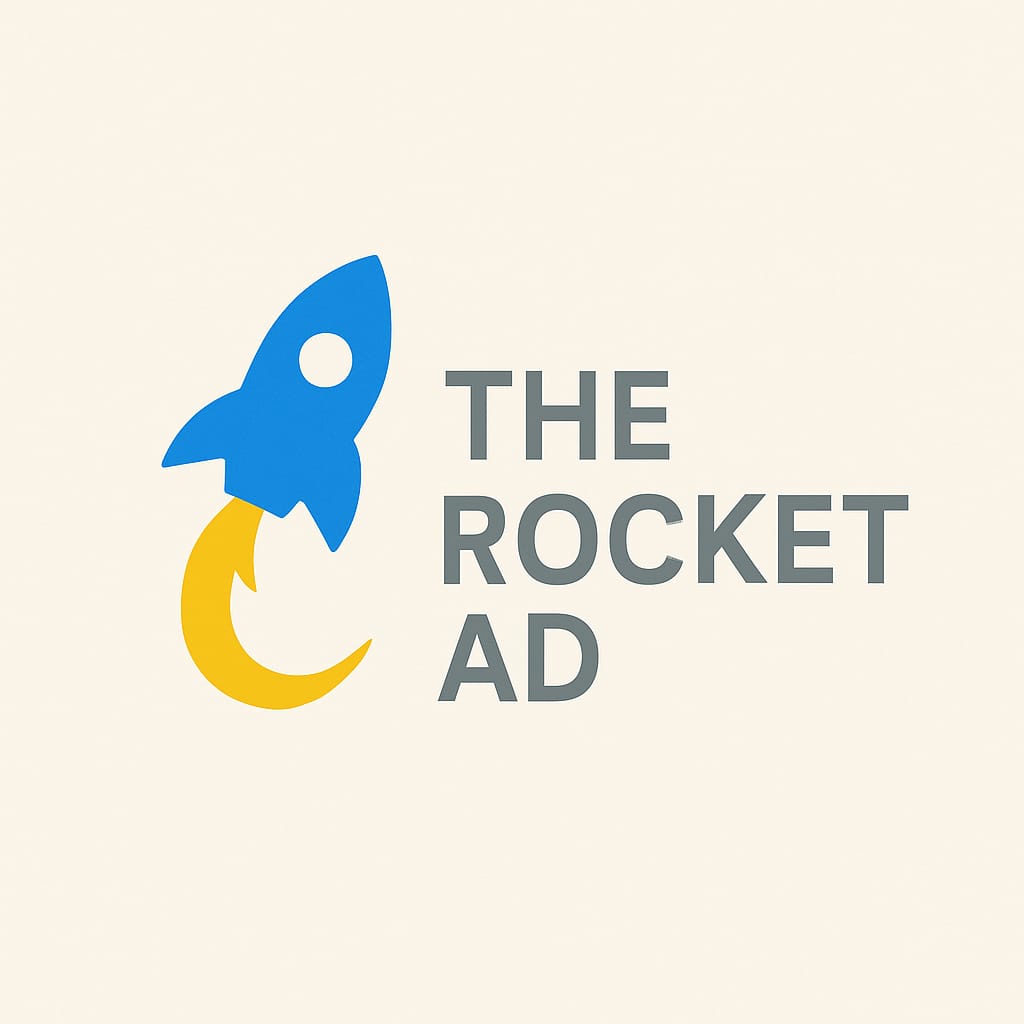
What is Digital Marketing
Digital Marketing is the practice of promoting products or services using digital channels such as the internet, social media, search engines, emails, and websites to reach customers.
Digital Marketing is marketing done on digital platforms like google, Instagram, Facebook, You tube, websites, and emails instead of traditional methods like newspaper, TV , or billboard.
Key Components of Digital Marketing:
1.Search Engine Optimaization ( SEO ):
Optimizing websites to rank higher on google search results organically.
2. Social Media Marketing ( SMM ) :
Promoting content, running ads, and engaging audiences on platforms like Instagram, Facebook, Linkedin, and TikTok.
3. Content Marketing:
Creating valuable content ( blogs, videos, inforgraphic ) to attract and retain a target audience.
4. Email Marketing:
Sending emails to potential or existing customers to inform, promote, or build relationship.
5. Search Engine Marketing ( SEM ) / Pay-Per-Click ( PPC ):
Running paid ads on Google, Blind, and other platforms to get instant traffic.
6. Affilliate Marketing:
Earning commission by promoting other people ‘s or companies’ products through your website or content.
7. Influencer Marketing:
Collaborating with social media influencers to prompt products or services to their follower.
8. Video Marketing:
Using platform like You Tube or Instagram Reels to promote content visually and increase engagement.
Why is Digital Marketing Important?
- ✅ More people are online than ever before
- ✅ Cost-effective compared to traditional marketing
- ✅ Easy to track performance (analytics)
- ✅ You can target specific audiences
- ✅ Builds brand presence and customer trust
Popular Tools in Digital Marketing:
- ( SEO ) Google Search Console, Ubersuggest, SEMrush
- ( SOCIAL MEDIA ) Meta Business Suite, Canva, Buffer
- ( EMAIL MARKETING ) Mailchimp, Convertkit
- ( ANALYTICS ) Google Analytics, Hotjar
- ( ADS ) Google Ads , Facebook Ads
Digital Marketing is Used For:
- Growing online businesses
- Reaching new customers
- Promoting new products/services
- Building brand reputation
- Increasing website traffic and sales
Traditional Marketing vs. Digital Marketing:
Which One Should You Choose in 2025?
In the fast-changing world of marketing, businesses today face one important question:
Should we go digital or stick to traditional marketing?
Both methods have their strengths, but understanding the difference can help you choose the right strategy to grow your brand in 2025 and beyond.
What is Traditional Marketing?
Traditional marketing refers to offline methods of promoting products or services. It includes:
- Newspaper and magazine advertisements
- Television and radio commercials
- Billboards and posters
- Flyers and brochures
- Direct mail (postcards, catalogs)
These techniques have been used for decades and are especially effective in reaching local audiences or people not very active online.
What is Digital Marketing?
Digital marketing, on the other hand, uses internet-based platforms to promote brands and engage with customers. Examples include:
- Social media marketing (Instagram, Facebook, LinkedIn)
- Search Engine Optimization (SEO) and Google Ads
- Email marketing campaigns
- YouTube and video ads
- Influencer marketing and blogs
With billions of people online every day, digital marketing offers faster, cheaper, and more measurable results.
Traditional vs. Digital Marketing – Key Differences
Here’s a side-by-side comparison to help you understand better:
| Feature | Traditional Marketing | Digital Marketing |
| Medium | Offline (TV, print, radio) | Online (web, mobile, social media) |
| Reach | Mostly local or regional | Global and targeted audience |
| Cost | High (TV, print ads are expensive) | Budget-friendly, scalable |
| Targeting | General public | Specific audiences (age, interest, location) |
| Measurability | Difficult to track results | Real-time analytics and insights |
| Interaction | One-way (brand to audience) | Two-way (likes, comments, shares) |
| Speed of Execution | Slower (takes time to plan/print) | Quick to publish and update |
| Flexibility | Fixed once released | Editable anytime |
Pros and Cons
Traditional Marketing
Pros:
- Great for local brand awareness
- Highly memorable (TV jingles, big banners)
- Trusted by older generations
Cons:
- Very expensive for small businesses
- Hard to track performance
- Limited interaction with customers
Real-World Examples
- A clothing store using TV commercials (traditional) may reach many people but won’t know who actually visited the shop.
- A fashion brand using Instagram reels and ads (digital) can target specific age groups, track link clicks, and see which content works best.
Which One Should You Choose?
It depends on your business goals, audience, and budget.
Use Traditional Marketing if:
- You are targeting a local audience
- Your customers are not very active online
- You want to build strong physical brand presence
Use Digital Marketing if:
- You want to scale quickly and globally
- You have a limited budget
- You want detailed tracking and better ROI.
Conclusion
In today’s marketing world, digital marketing is leading the way, especially with mobile users, social media growth, and smart targeting.
However, traditional marketing isn’t dead—it still holds power for brand awareness and local presence.
For best results, consider a strategy that combines the trust of traditional marketing with the speed and analytics of digital marketing.
